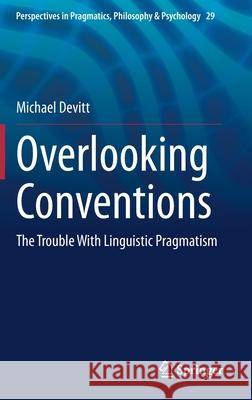Overlooking Conventions: The Trouble with Linguistic Pragmatism » książka
topmenu
Overlooking Conventions: The Trouble with Linguistic Pragmatism
ISBN-13: 9783030706524 / Angielski / Twarda / 2021 / 322 str.
Overlooking Conventions: The Trouble with Linguistic Pragmatism
ISBN-13: 9783030706524 / Angielski / Twarda / 2021 / 322 str.
cena 362,27
(netto: 345,02 VAT: 5%)
Najniższa cena z 30 dni: 346,96
(netto: 345,02 VAT: 5%)
Najniższa cena z 30 dni: 346,96
Termin realizacji zamówienia:
ok. 22 dni roboczych
Dostawa w 2026 r.
ok. 22 dni roboczych
Dostawa w 2026 r.
Darmowa dostawa!
Kategorie BISAC:
Wydawca:
Springer
Seria wydawnicza:
Język:
Angielski
ISBN-13:
9783030706524
Rok wydania:
2021
Wydanie:
2021
Numer serii:
000471011
Ilość stron:
322
Waga:
0.65 kg
Wymiary:
23.39 x 15.6 x 2.06
Oprawa:
Twarda
Wolumenów:
01
Dodatkowe informacje:
Wydanie ilustrowane











